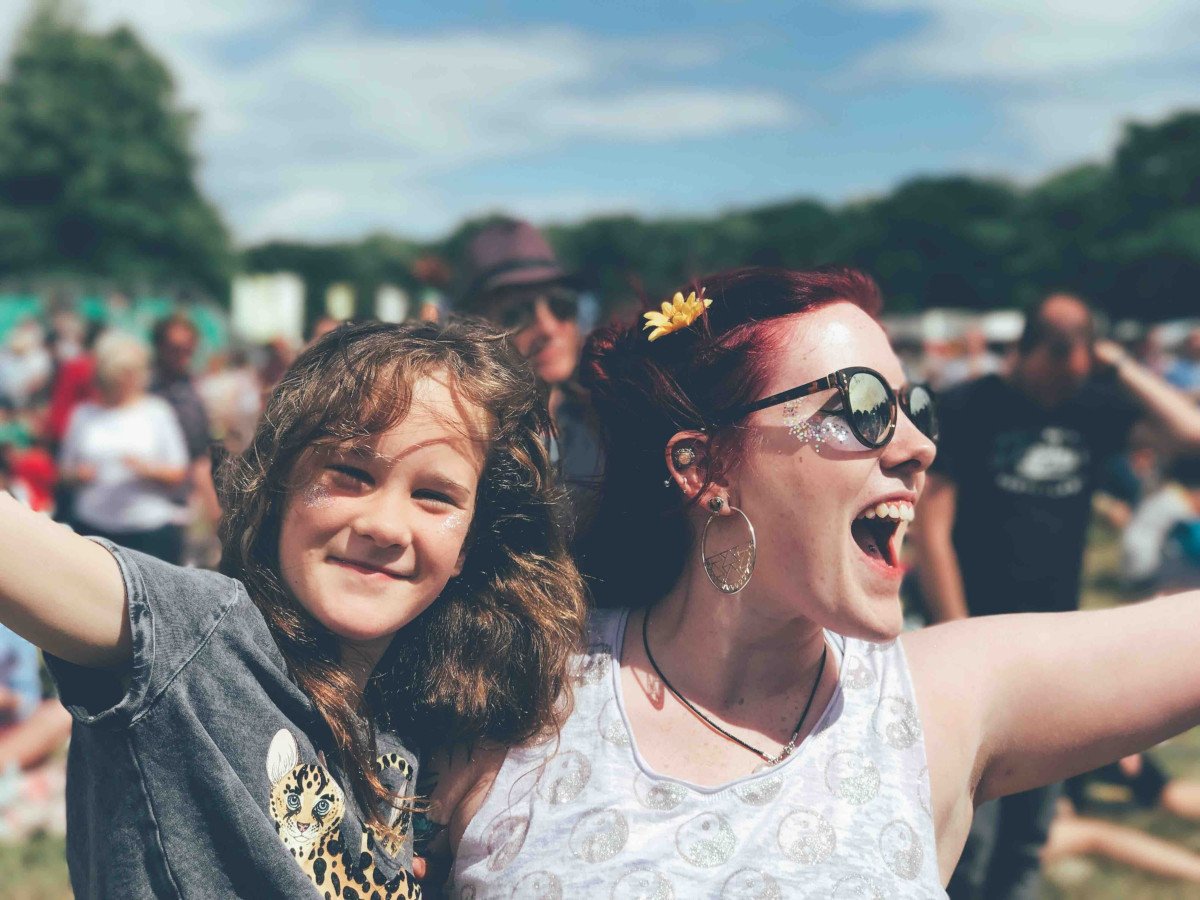
Have you ever walked past a table at an event, store, or busy street corner and stopped to sample a new food or beverage? Or maybe you received a free 10-minute chair massage from a new day spa, jumped into a virtual reality game at a festival, or took photos and shared them of you with a brand mascot? If you said yes, you’ve participated in an experiential marketing activity. These are just a few simple examples of experiential marketing. Let’s take a deeper look at what experiential marketing is and how it works.
How Experiential Marketing Works
Instead of bombarding potential customers with ads on social media, television, online, billboards, print media, and bus stop benches, experiential marketing is a strategy that directly engages your target customers. This strategy doesn’t mean you simply set up a booth at a tradeshow, event, festival, etc. and hand out free swag that most people won’t keep or even remember receiving.
Experiential marketing provides opportunities to interact with customers directly — but that’s only part of it.
• Your potential customers need to feel a memorable, positive emotional reaction when they interact with your brand.
• Consumers need to feel excited enough to share their experiences with their friends and on social media.
• Consumers need to be able to taste, touch, hear, feel, and/or smell your brand — and enjoy the experience.
We already mentioned the free samples and virtual reality experiences, but experiential marketing is far more than that. And some of the most successful experiential marketing campaigns don’t even try to sell products or services — they accomplish their goals by making consumers feel a personal connection to the brand that leaves a lasting impression and changes buying behavior. The bond can occur when the consumer felt the experience was fun, “cool,” relevant, or inspiring (such as the brand doing something to benefit society or a nonprofit like this Folds of Honor DreamShip campaign).
You might be thinking, “OK, that sounds great for brands that produce tangible products, but mine doesn’t.” Experiential marketing works just as well for companies that provide services or other non-tangible offerings. For example, Hollywood studios know this and create opportunities for fans to get excited about new movie releases. Common strategies include using popup virtual reality activities, temporarily transforming stores or cafes into ones featured in the films, and sending actors out into crowds dressed as well-known film characters.
The bottom line is that consumers need to feel benefitted in some way — their association with your brand must make them feel more hip, attractive, understood, healthier, wealthier, excited, informed, empathetic, inspired, enriched, empowered, or philanthropic.
How Experiential Marketing Changes Buying Behavior
So now we know the first step is to engage (or re-engage) your consumers and establish a personal connection. Once they’ve established that connection with your brand, they become loyal customers. That’s great, but that’s just the beginning.
The crucial next step is for those customers to become unofficial brand ambassadors. When consumers come away from an engaging and unforgettable interaction with your brand, they are likely to share their experience with others — this is the holy grail marketers want. Research has shown that consumers’ friends and family have far more influence over buying behaviors than ads. In other words, consumers trust their friends and family more than advertisements. Your brand ambassadors are naturally creating new customers for your brand, and like a ripple effect, the circle of brand ambassadors continues to grow. You’ve changed buying behavior.
Ironically, this concept isn’t new. For example, in the early ‘80s, shampoo maker Fabergé aired an incredibly memorable TV commercial featuring blond actress Heather Locklear talking about using its shampoo. Locklear explains she liked it so much that she “told two friends,” and the screen splits into two versions of Locklear talking. It continues with “they told two friends and so on and so on,” and the screen continues to divide into 16 versions of Locklear talking.
Experiential Marketing Isn’t Risk-Free
Successful experiential marketing campaigns work because they create brand loyalty and organic brand ambassadors. However, experiential marketing takes careful planning to avoid wasting opportunities, time, and money.
You can create the most incredible brand interaction experience, but it can fail if you do it in the wrong place. You can choose the right place but at the wrong time. For example, your message is spot on, and your target audience is there, but they’re distracted or too busy to pay attention. Another pitfall is not fully understanding your target audience’s needs and creating a message or experience that is unengaging at best and irrelevant or insulting at worst. Carefully consider your audience, product or service, objective, and how it can translate into a meaningful, authentic customer experience.
Need some help with launching an experiential marketing program? Leverage our 20+ years of experience and expertise in creating impactful, successful programs.
